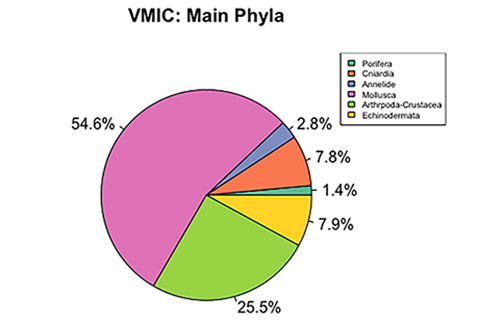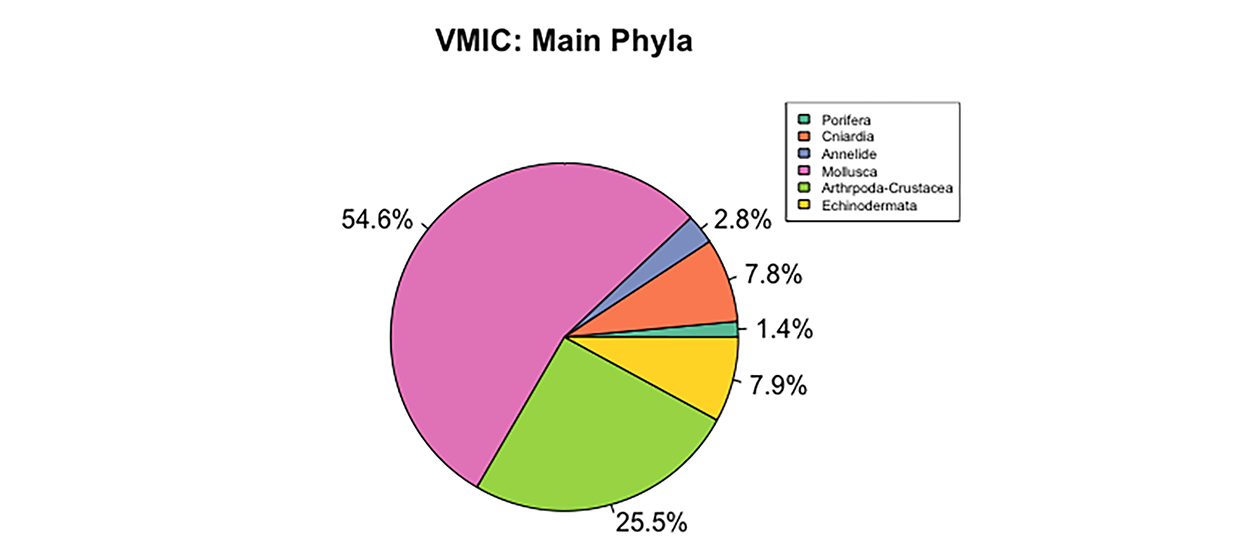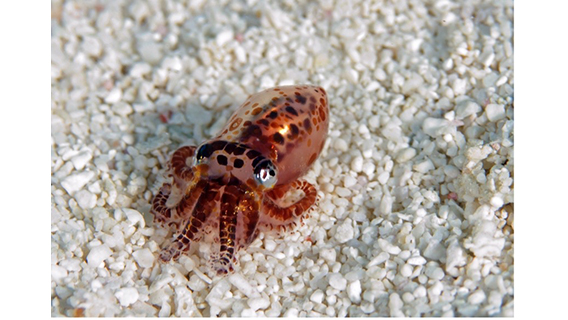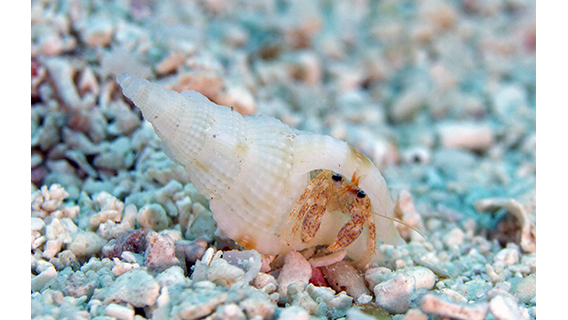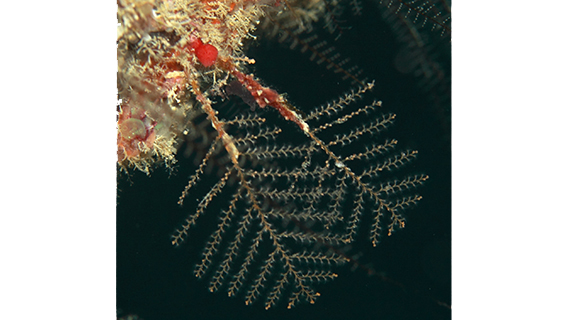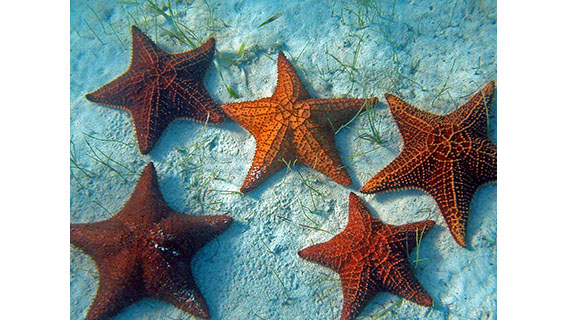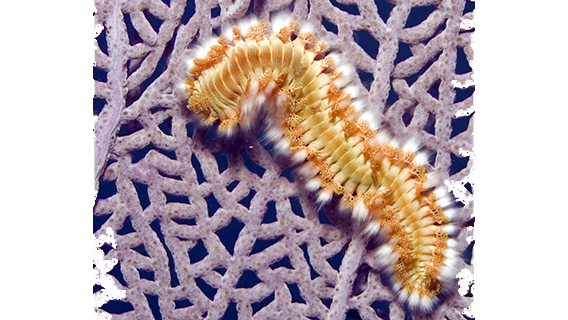Over 95% of all the Earth’s described animal species are invertebrates. Invertebrates lack a backbone and range in biodiversity that includes small sponges, insects, and corals to giant squids and lobsters. Of the 250,000+ marine species described in the Voss Marine Invertebrate Collection, more than 75% are invertebrates. Marine environments, and the invertebrates that inhabit these environments, are continually threatened due to climate change and other anthropogenic threats. As our marine environment continues to change, this could be our last chance to study many of these organisms. The most representative phyla at the VMIC are Mollusca, Arthropoda, Cnidaria, Echinodermata, and Annelida.
To search our digital database, please click here.



